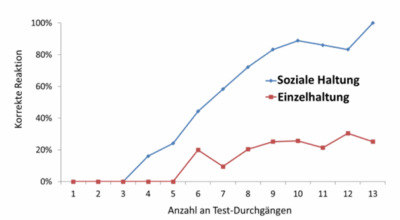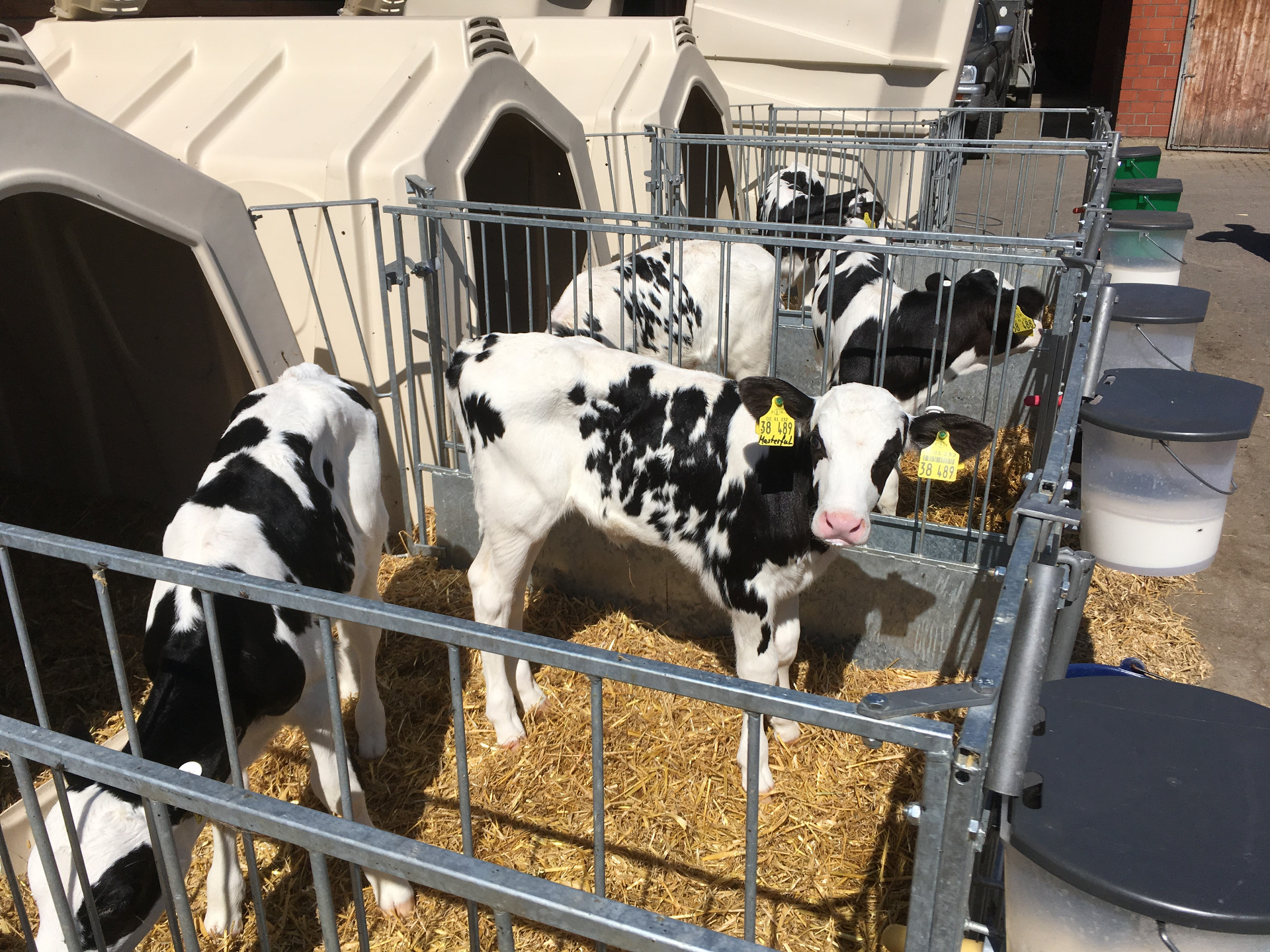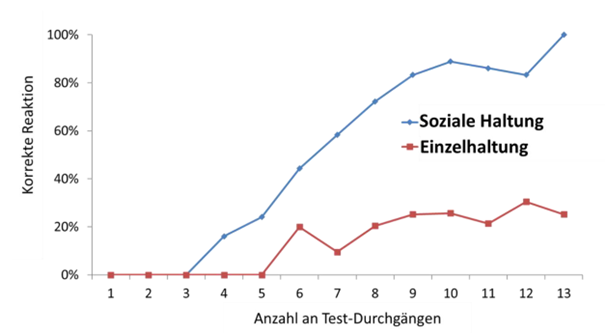Advantages of keeping animals in pairs or groups
20. November 2025 — TwinHousing, Science — #Group housing #Mini-group #PairThe question of optimum calf rearing has been the subject of lively debate in both practice and academia for many years. The particular focus is on the comparison between housing animals individually, in pairs or in groups. New studies show that social behaviour among calves – for example, in pairs or small groups – has a positive effect on the animals' health, behaviour and performance over both the short and long term. This article is a summary of a paper by Dr Jason Hayer, Hofgut Neumühle.
This article is about
Individual housing is the standard in traditional calf husbandry
It is still common practice in Germany for calves to be separated from their mothers shortly after birth and initially kept individually. They are only placed in small groups after two to three weeks. There are significant differences when comparing different countries:
While calves in Ireland, Spain and Greece grow up in groups from the very beginning, calves in the USA spend the entire feeding phase in individual housing. However, calves would naturally grow up in a social group with other calves and their mothers from the outset in natural circumstances.
Advantages of rearing calves in a social environment
As with humans and other animals, the first phase of life has an extremely formative influence. Social contact has a positive effect on various aspects of animal health, behaviour and performance. Scientific studies also show that calves kept in pairs or groups have numerous short-term advantages over animals kept individually:
- Higher feed and water intake before and after weaning.
- Better daily weight gain.
- Less stress and anxiety in new situations.
- Better tolerance of stress during relocation, weaning or painful procedures.
- Greater cognitive abilities – calves raised in pairs learn faster and adapt better to change.
Conclusion: Calves that are raised in a social environment are more robust, curious and resistant to stress.

Differences in cognitive development

Studies on the mental development of calves provide an explanation for this. These studies involved calves kept individually and in pairs undergoing special tests to assess their cognitive abilities. Calves kept individually and in pairs initially learned at the same rate. However, during the reversal learning test (see diagram), calves that had been reared socially in pairs demonstrated significantly better adaptability, indicating better cognitive development and an enhanced ability to cope with new situations.
Long-term effects: higher milk yields and healthier cows
The benefits do not end when the calves reach adulthood. Rearing calves in a social environment also has positive long-term effects. Investigations into the influence of calf rearing on future lifetime performance are lengthy and therefore not particularly common. However, the studies that are available reveal the following tendencies:

- Higher milk yield: cows housed in pairs tended to produce more milk during their first lactation.
- Fewer fertility problems and a higher survival rate until first lactation.
- More lively behaviour as heifers: animals kept in pairs were more curious, more active and less fearful. They spent more time feeding – even when the barn was full.
- Better integration: less avoidance behaviour towards peers, stronger social bonds and greater assertiveness.

Animal welfare and economic efficiency: a win-win situation for everyone
Rearing calves in a social environment is not only good for animals, but also for farms:
- More efficient in terms of work and space than individual housing.
- Stress-resistant calves make management easier, especially when using technology to which the animals have to constantly adapt ( feeding technology, feeding robots, automatic milking systems, etc.).
- Future legal challenges: the European Food Safety Authority (EFSA) advises avoiding solitary confinement wherever possible.
This makes it clear that keeping animals in pairs or groups is a sustainable model that combines animal welfare and economic efficiency.
Conclusion: rearing calves together pays off
The results are clear: calves raised in a social environment develop better, are less fearful and perform better later on. This is beneficial for animal welfare, milk yield as well as farmers.
Anyone involved in calf husbandry should seriously consider housing calves in pairs or groups – the science shows that growing up together makes them strong.
Hofgut Neumühle is collaborating with other partners on the BMEL-funded project ‘Kalbzu2t’ in order to close knowledge gaps in this area. One aim of the project is to compare different forms of housing (individual, pair and small group housing) during the first 28 days of life and to investigate their effects on later performance as dairy cows or beef cattle.


 The percentage of correct decisions after a reversal learning test (different colour signals led to food rewards)
The percentage of correct decisions after a reversal learning test (different colour signals led to food rewards)
 Cubicle use and feeding behaviour of pregnant heifers that were kept either individually or in pairs as calves, depending on stocking density (modified according to Clein et al., 2024).
Cubicle use and feeding behaviour of pregnant heifers that were kept either individually or in pairs as calves, depending on stocking density (modified according to Clein et al., 2024).